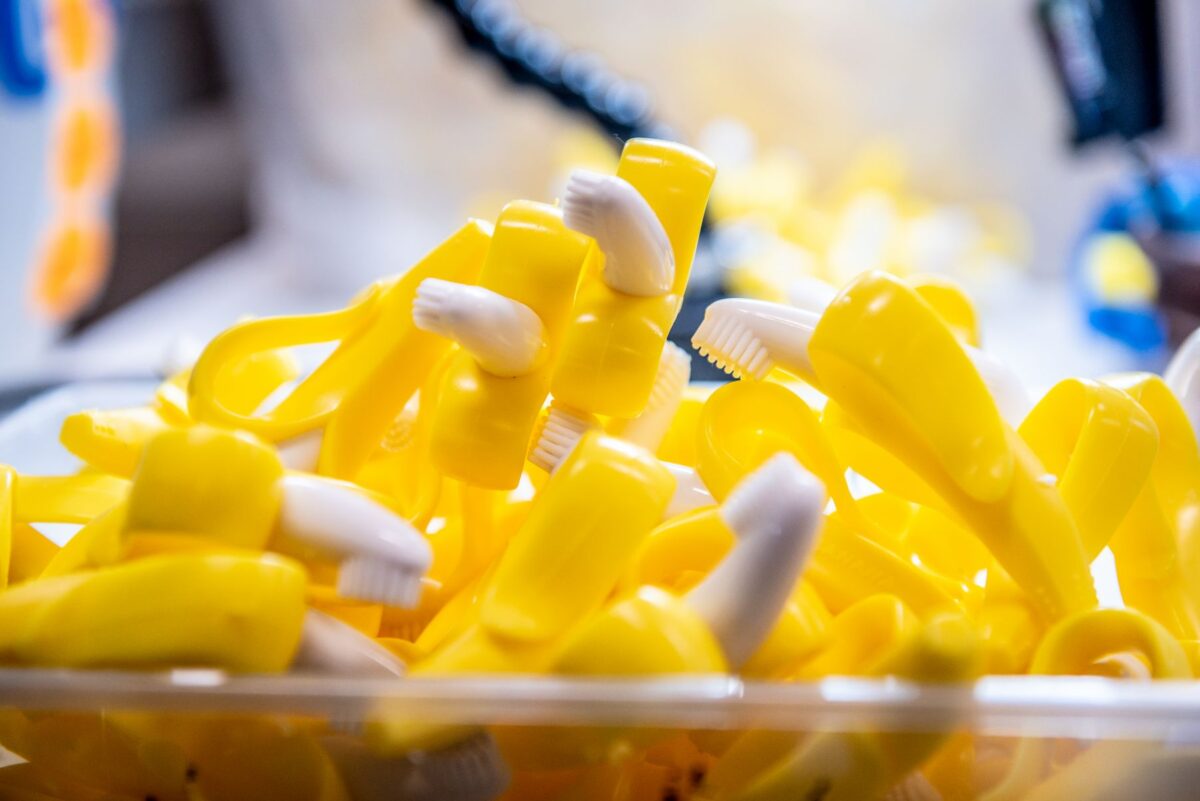Ever wonder why some products seem perfectly designed, while others miss the mark? The answer often lies in prototype testing. Gathering user feedback through prototypes before mass production is not only beneficial, but can be crucial for success.

What Is Prototype Testing?
Prototype testing involves evaluating a product prototype by potential users to gather feedback on its usability, functionality, and appeal. This step allows developers to identify and address issues early in the development process, ensuring the final product meets user needs and market expectations.
The Value of Prototype Testing
- Market Appeal: Feedback on the product's design and appeal helps refine aesthetic choices, ensuring the product resonates with its target audience.
- Cost and Time Efficiency: Addressing issues during the prototype stage is more cost-effective and less time-consuming than making changes during or after mass production.
- Stakeholder Confidence: A thoroughly tested prototype demonstrates the product’s viability and market potential, increasing confidence among investors and stakeholders.
- Direct Feedback for Refinement: Engaging potential customers early on provides critical insights into user needs and preferences, guiding the final adjustments to the product.
- Risk Reduction: Identifying design or functionality issues early reduces the risk of failure after launch, saving time, resources, and reputation.
Material and Method Considerations in Prototyping
Prototype testing is invaluable, but remember, prototypes often use materials different from the final product, especially in initial stages. This aids in assessing design and ergonomics, but it may not accurately predict the final product's performance or appeal. One of the most important factors to consider is that prototypes are not suitable for consumer product safety testing, as this has to be done with the final approved material and the process that you intend to use.
Regarding this, if you opt for a silicone casted prototype, be aware that it won't exhibit the same elasticity, mechanical properties, or pigment as the final product. This is where compression molding prototypes come into play. They utilize the same materials and pigments as the final product, providing a more accurate representation of its characteristics. Therefore, they offer a more precise functional testing phase.
Why Prototype Testing Matters in Product Development
Prototype testing is a strategic step in the product development process. While not obligatory, it provides significant advantages that can improve the product's readiness for the market and success rate. While skipping this step might initially save time and resources, it could result in higher costs and revisions later if major issues are found after production starts.
This phase in product development offers invaluable insights, allowing for necessary adjustments before mass production. Through careful planning and execution of prototype testing, product developers can greatly improve their results, ensuring a well-received final product. If you need help with your product development and prototype testing, don't hesitate to contact our team.
